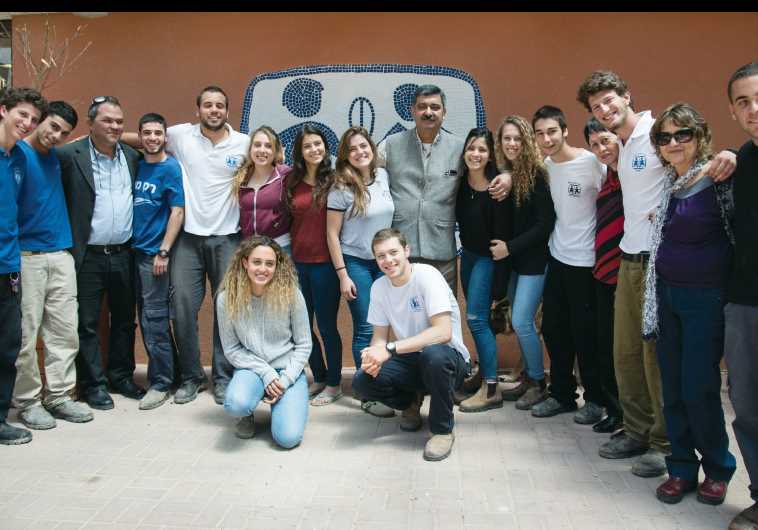The family way
As head of the worldwide SOS Children’s Villages, Siddhartha Kaul checks in on two of the organizations junior care facilities in Israel.
 Siddartha Kaul (center) with staff and students at Kfar Neradim.(photo credit: KATERINA ILIEVSKA)
Siddartha Kaul (center) with staff and students at Kfar Neradim.(photo credit: KATERINA ILIEVSKA)